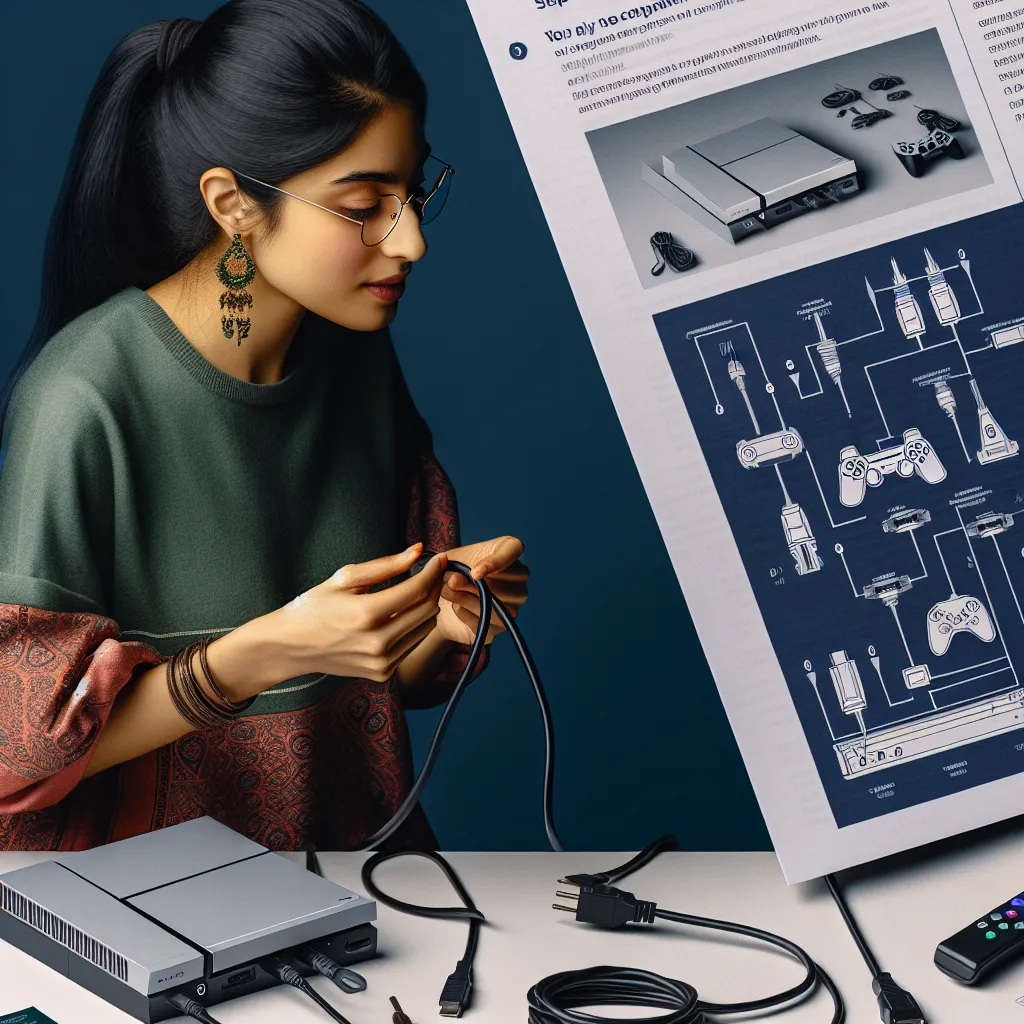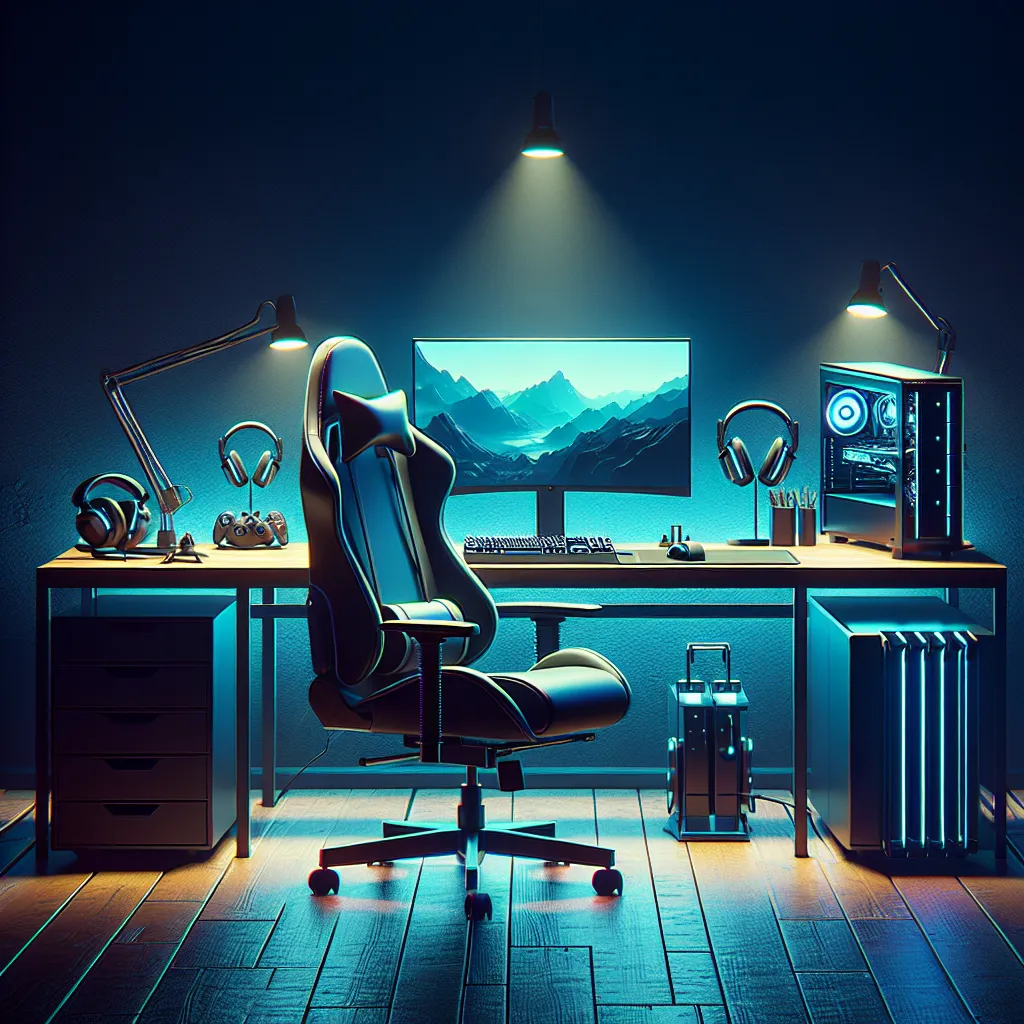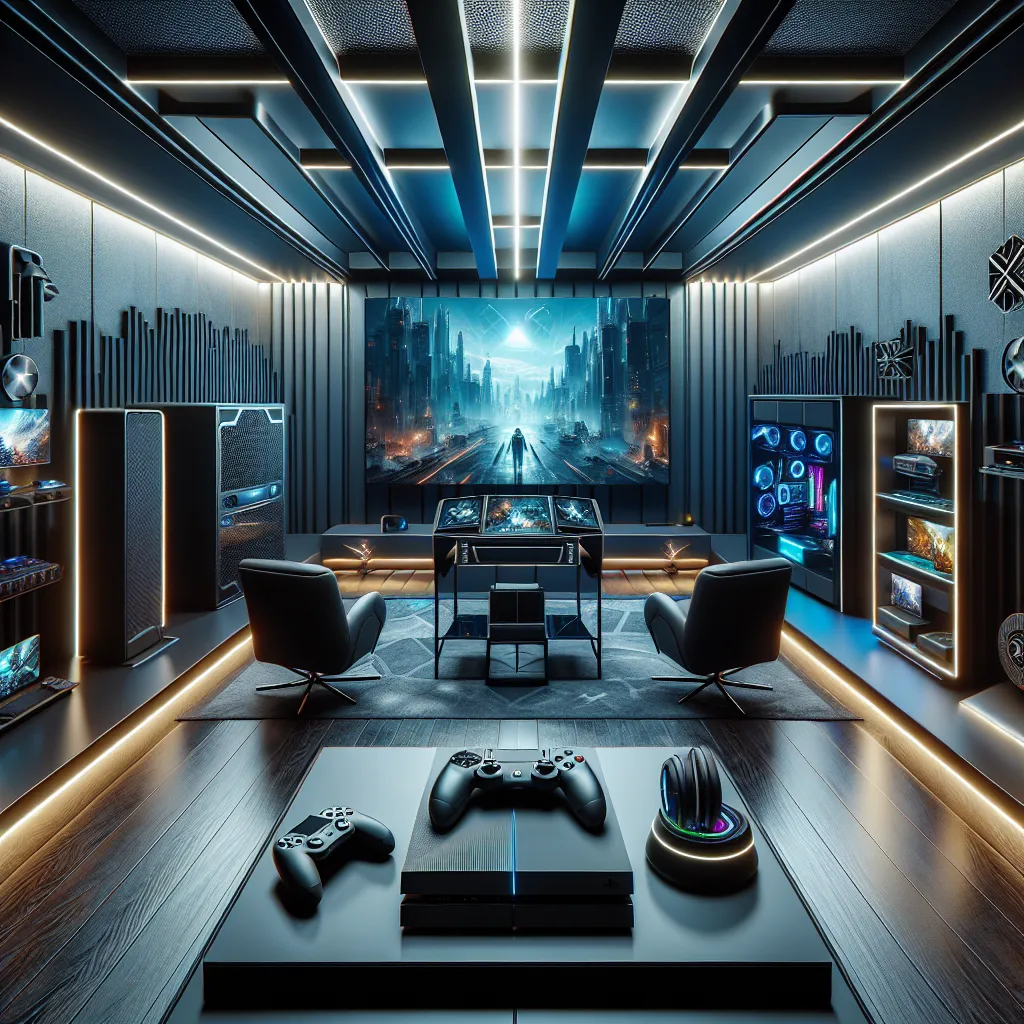Step-by-Step Console Setup: A Beginners Guide

Understanding the Basics of Console Setup
Understanding the basics of console setup is essential for beginners who are just getting started with gaming. Whether you have a PlayStation, Xbox, or Nintendo console, the setup process typically follows the same fundamental steps. Firstly, ensure that you have all the necessary components, including the console itself, controllers, power cables, and any additional accessories. Once you have everything ready, connect the console to your TV or monitor using the appropriate cables, such as HDMI or AV cables.
After connecting the console to the display, proceed to power it on and follow the on-screen instructions for initial setup. This usually involves configuring basic settings like language, internet connection, and user profiles. It’s important to have a stable internet connection during this phase, as it allows you to download system updates and create online accounts for multiplayer gaming and accessing digital content.
Understanding the basics of console setup also involves familiarizing yourself with the various ports and buttons on the console itself. This includes identifying the power button, disc tray (if applicable), USB ports, and audio/video outputs. Additionally, it’s helpful to understand the functions of the controller buttons and how to pair them with the console.
By grasping these fundamental aspects of console setup, beginners can confidently embark on their gaming journey without feeling overwhelmed by the initial setup process. With a solid understanding of these basics, you’ll be ready to explore the vast world of console gaming and enjoy an immersive gaming experience.
Essential Components for Setting Up Your Console
Setting up your console for the first time can be an exciting yet overwhelming process. To ensure a smooth and enjoyable gaming experience, it’s essential to have the right components in place. Here’s a step-by-step guide to the essential components you’ll need for setting up your console.
The first and foremost component you’ll need is, of course, the gaming console itself. Whether it’s a PlayStation, Xbox, Nintendo Switch, or another gaming system, make sure you have the latest model that suits your gaming preferences.
A high-definition television or monitor is essential for an immersive gaming experience. Ensure that your TV or monitor has the necessary HDMI or other ports to connect your console.
Most consoles come with one controller, but if you plan to play with friends or family, consider purchasing additional controllers. Make sure the controllers are fully charged or have fresh batteries before starting the setup.
Having a stable internet connection is crucial for online gaming, content updates, and accessing various features of the console. If possible, opt for a wired Ethernet connection for the best performance.
Ensure that you have a reliable power source for your console. Most consoles come with their dedicated power cable, so make sure you have the correct one for your system.
If you have physical game discs, have them ready for installation. Alternatively, if you prefer digital downloads, ensure that you have enough storage space on your console or an external hard drive.
By having these essential components ready, you’ll be well-equipped to set up your console and dive into the world of gaming. Keep in mind that following the manufacturer’s instructions for setting up your specific console is crucial for a seamless experience.
Troubleshooting Common Console Setup Issues
Setting up a gaming console is an exciting experience for beginners, but it can come with its fair share of common issues. Troubleshooting these issues is essential to ensure a seamless console setup process. One of the most prevalent problems that beginners encounter is the inability to connect the console to the TV. This can often be resolved by checking the HDMI or AV cables to ensure they are properly connected to both the console and the TV. Additionally, verifying that the input source on the TV corresponds to the connected port can resolve this issue.
Another common problem is difficulty in connecting to the internet. This can usually be resolved by double-checking the Wi-Fi password and network settings. In cases where a wired connection is preferred, using an Ethernet cable can provide a more stable connection. If the issue persists, power cycling the modem and router might offer a solution. Furthermore, updating the console’s software to the latest version can address various connectivity issues.
Audio and visual discrepancies are also frequently reported by beginners. If the console is not producing any sound, checking the audio settings within the console’s menu and on the TV can rectify this issue. Similarly, adjusting the resolution settings and ensuring the TV is compatible with the console’s output can address visual problems.
By familiarizing themselves with these common troubleshooting steps, beginners can confidently navigate through the initial setup of their gaming console, ensuring an optimal gaming experience from the start.



